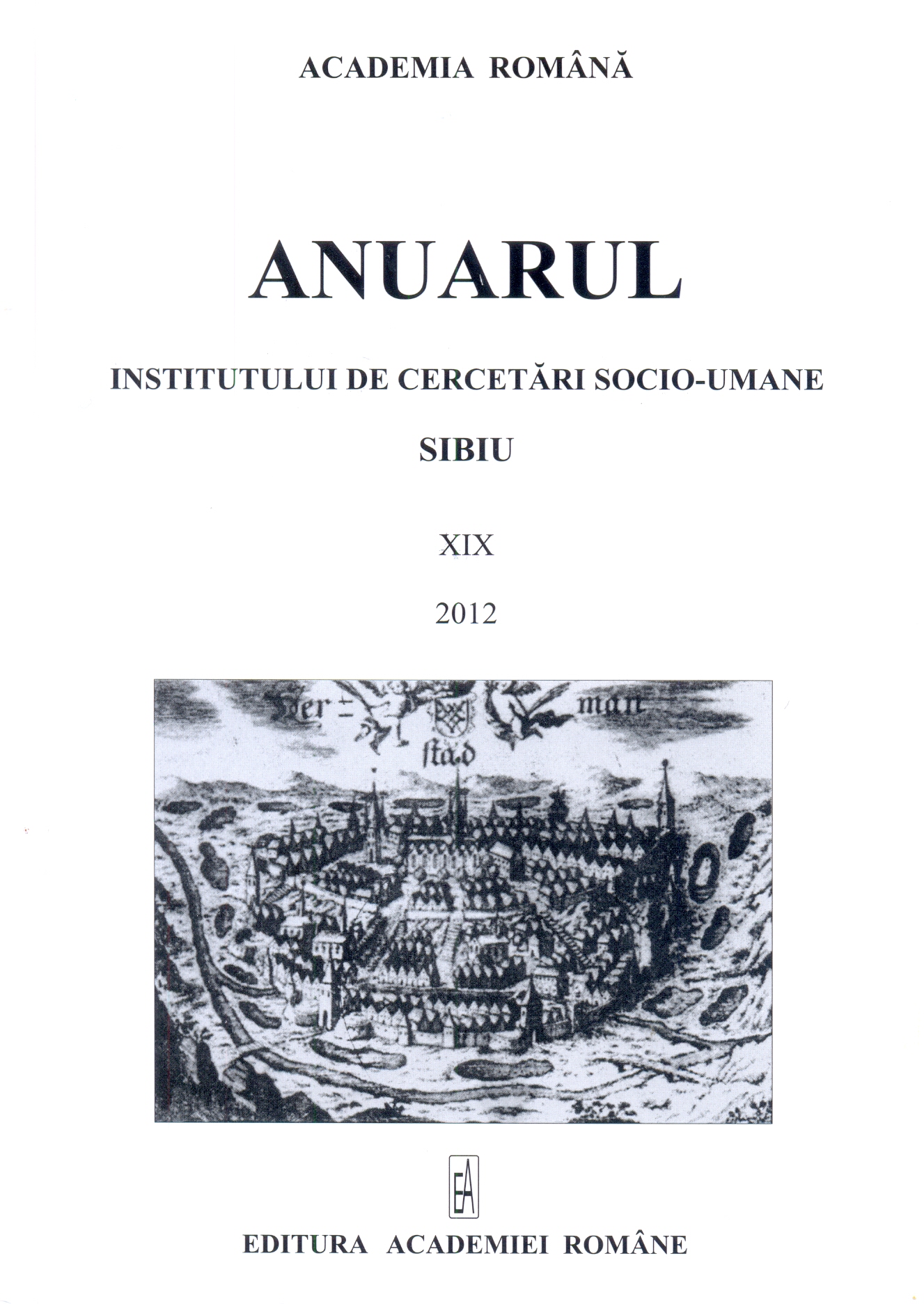Tehnici de persuasiune în comunicarea publicitară
Persuasion Techniques in Advertising Communication
Author(s): Rodica PascuSubject(s): Media studies
Published by: Editura Academiei Române
Keywords: persuasion; strategy; communication; advertising; intensifying; downplaying; consumer;
Summary/Abstract: Advertising is considered to be a form of persuasive communication, because its purpose is to determine the consumers to buy products or services by stimulating their desires and creating positive associations with the promoted product or brand. Specific advertising techniques and strategies are used in both verbal and visual communication in order to meet this purpose. Classical advertising strategies are elaborated according to the so-called trifactorial model of attitudinal structures and aim at influencing the receiver under three aspects: cognitive, affective and behavioural. According to Charles Larson, their study requires an analysis of the four factors of communication: source, message, channel and receiver. Hugh Rank’s model of persuasion in advertising communication describes two major strategies: intensifying certain attributes and strong points of the advertised products and at the same time intensifying the weak points of the rival products; downplaying some aspects of the brand’s own products and services and at the same time downplaying the strong points of the rival brands. Each strategy uses certain persuasion techniques.In order to persuade the consumers to buy certain products they must be offered not only practical advantages, such as usefulness and convenience, but also social and emotional gratifications. Advertising uses persuasion techniques especially for the latter ones.
Journal: Anuarul Institutului de Cercetări Socio-Umane Sibiu
- Issue Year: XIX/2012
- Issue No: 19
- Page Range: 61-69
- Page Count: 9
- Language: Romanian
- Content File-PDF

